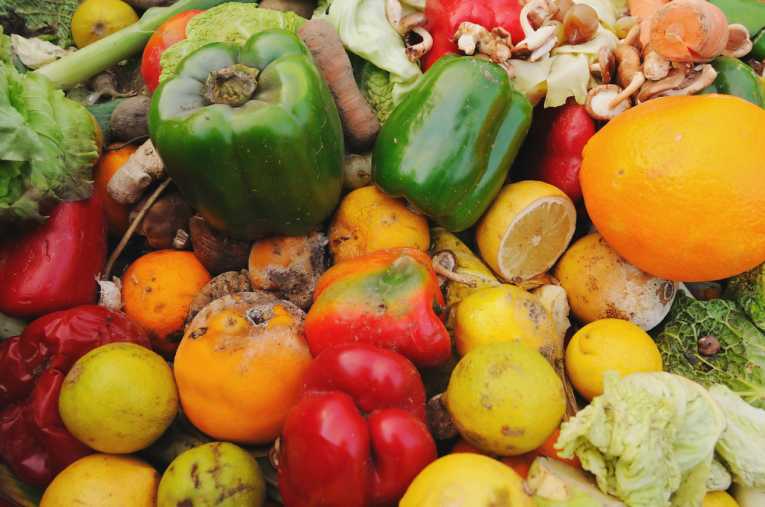According to the EPA's most recent official statistics, in 2009 more than 30 million tons of food was discarded in landfills across the US, which made it the number one substance by weight excluding construction, hazardous and industrial waste. Another study from the National Institute of Diabetes, Digestive and Kidney Diseases found that Americans are actually wasting a jaw-dropping 55 million tons of food each year, or 200 pounds annually for every man, woman and child in the US. Incredibly, this amounts to around 40 percent of our total food supply and is more than double the numbers from 1974.
Unfortunately, too many consumers do not understand the detrimental effect of food waste on the environment. For example, since food is biodegradable, many people still mistakenly believe that it is harmless to throw away, but the reality could not be farther from the truth. According to the EPA the methane produced as food rots has a warming potential that is at least 20 times more damaging to the environment than carbon dioxide (CO2).
The type of food that is discarded matters as well. Meat and dairy products have a larger negative impact on the environment as they decompose than vegetables or fruits. According to the USDA's most recent figures we currently throw away around 35 percent of the chicken, fish and fruit that we produce, while only 15 percent of the nuts, beans and other legumes go to waste.

Food waste depicted by a half eaten fish via Shutterstock
Ironically, the amount of food that is discarded in the world's developed nations continues to reach new heights, while in other parts of the world people are literally starving to death. This year, tens of thousands of people have perished from malnutrition and related illnesses in the East African famine after the worst drought in 60 years wracked countries like Ethiopia, Kenya and Somalia on the Horn of Africa in the summer of 2011. And the US is not alone in its misuse of resources; other countries like the UK and Japan also throw away between 30 and 40 percent of their food each year. While it remains to be seen exactly how reducing food waste in the developed world can directly benefit developing countries, organizations like the U.N. World Food Programme have stated that the total surplus of wasted food from the US could feed every hungry person in Africa.
To reduce food waste in your household, plan meals before heading to the grocery store and make a detailed shopping list to help you stay focused. When cooking, prepare smaller portions and make sure to incorporate leftovers into subsequent meals. If it's almost time to head to the store again, a fun way to reduce consumption and food waste at the same time is to get creative and cook for a few more days using only whatever you have available.
Composting is another great way to reduce the concentration of methane gas that is generated by landfills. Although meat and dairy products don't belong in most compost systems, virtually everything else does - from garden and grass clippings, to egg shells and coffee grounds. An added bonus? Within about a year's time the compost will break down to create excellent, nutrient rich fertilizer for your garden.
For more information on food recovery programs that are dedicated to reducing food waste in the US, visit Feeding America or The Society of St. Andrew's.
Green Opinion is an Earth Times Blog. The views and opinions expressed in this article are those of the author










